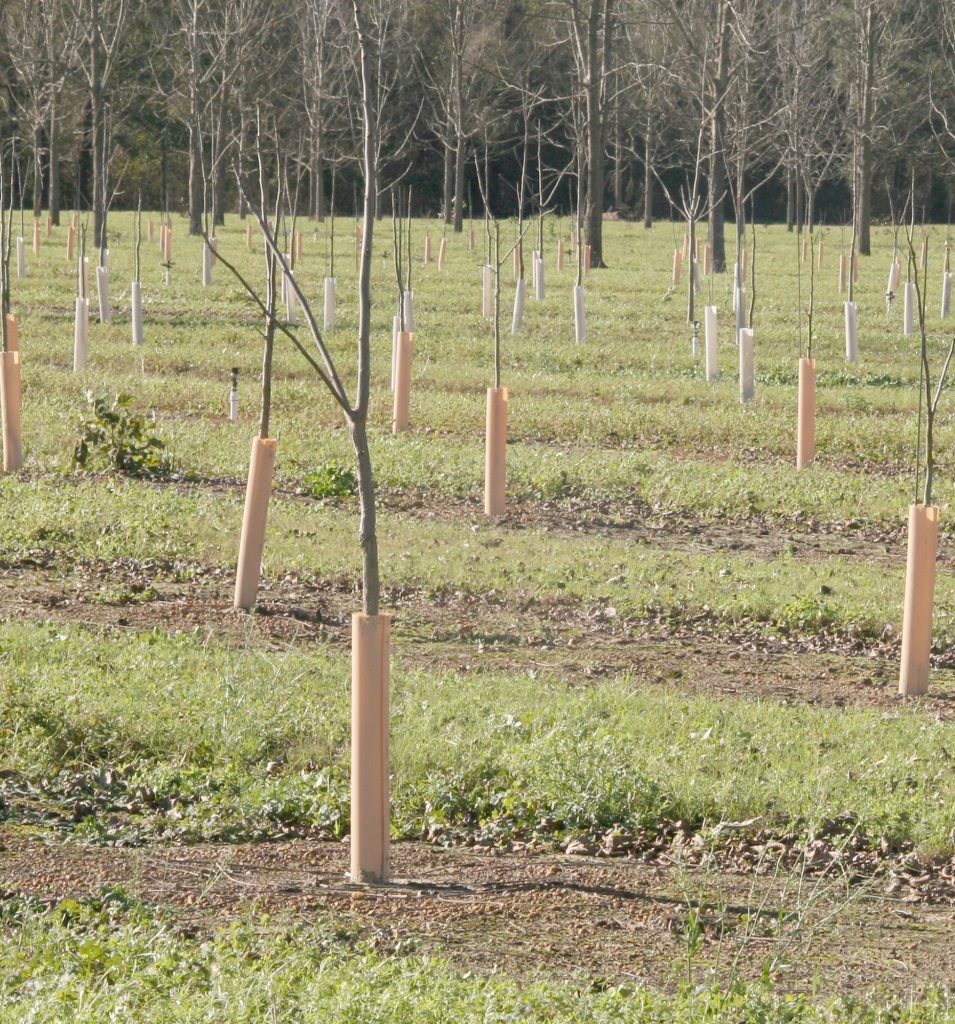In a time when prices are low and expenses are high, pecan producers need to cut costs, not corners. Lenny Wells, University of Georgia Cooperative Extension pecan specialist, believes farmers can hold back in applying certain nutrients this year, if there is an abundant supply already in the orchard.

Take phosphorus for example.
“Most of our orchards are high in phosphorus. Once you get phosphorus levels up in an orchard, they tend to stay there a long, long time,” said Wells during one of his winter production meetings. “For pecans, basically if your soil phosphorus is less than 30 pounds per acre, then you need to broadcast phosphorus in the orchard. If it’s more than that, a broadcast application is just not going to do you any good.
“We have situations where we have orchard soils that are that are higher than 30 pounds per acre and your leaf phosphorus is low. What’s happening there is, there’s something going on in that soil that’s tying up that phosphorus and it’s not available to the tree. The only way to get around that is to do a narrow band application of phosphorus over the drip emitters in the wet zone where the irrigation is. A broadcast application is not going to help. This narrow band application overwhelms that spot with phosphorus. The tree can then take it up in that zone where you’ve concentrated it.”
If farmers can avoid applying phosphorus, it will save them about $18 per acre.









